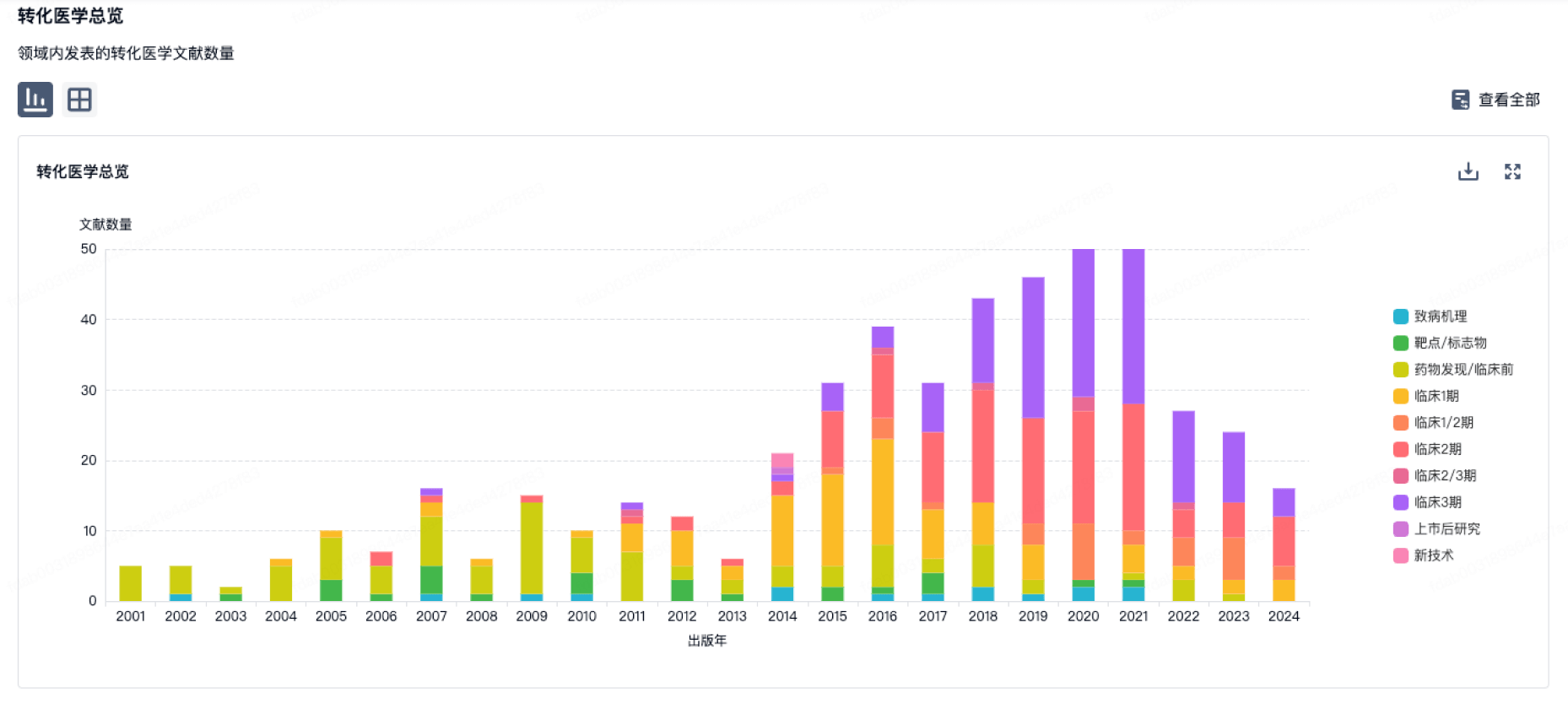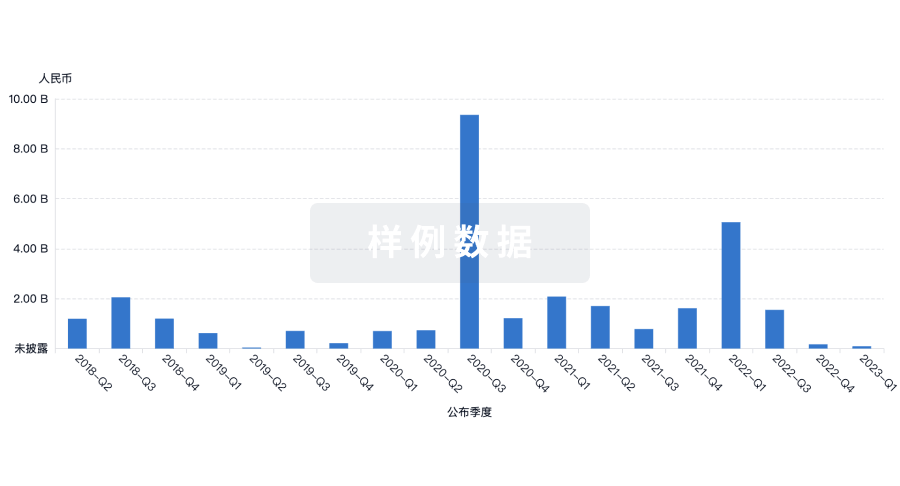预约演示
更新于:2025-08-29
Collateral Therapeutics, Inc.
更新于:2025-08-29
概览
关联
100 项与 Collateral Therapeutics, Inc. 相关的临床结果
登录后查看更多信息
0 项与 Collateral Therapeutics, Inc. 相关的专利(医药)
登录后查看更多信息
5
项与 Collateral Therapeutics, Inc. 相关的文献(医药)2002-04-23·Circulation1区 · 医学
Adenylyl Cyclase Increases Survival in Cardiomyopathy
1区 · 医学
Article
作者: Swaney, James S. ; Ander, Aziz ; Gao, Mei Hua ; Drumm, Jeffrey D. ; Bayat, Hamed ; Hammond, H. Kirk ; Roth, David M.
Background
—
To test the hypothesis that increased cardiac adenylyl cyclase type VI (AC
VI
) content, which results in increased cAMP generation, would increase survival in cardiomyopathy, we crossbred mice with Gq-associated cardiomyopathy and those with cardiac-directed expression of AC
VI
. We also assessed myocardial hypertrophy after prolonged cardiac expression of Gq versus coexpression of Gq and AC
VI
.
Methods and Results
—
Three experimental groups, Gq/AC (double positive), Gq, and control (double negative), were studied. Survival was increased by cardiac-directed expression of AC
VI
(
P
<0.0001), and Gq/AC mice had survival rates indistinguishable from control mice. Myocardial hypertrophy developed in older Gq mice but was abrogated by cardiac expression of AC
VI
, as documented by the ratio of ventricular weight to tibial length (Gq, 11.93±0.99 mg/mm, n=11; Gq/AC, 8.00±0.73 mg/mm, n=9;
P
<0.01) and by left ventricular cardiac myocyte size (Gq, 2800±254 μm
2
, n=4; Gq/AC, 1721±166 μm
2
, n=5;
P
<0.01). Hearts of Gq mice were dilated, and function was impaired. Concurrent expression of AC reduced end-diastolic diameter (Gq, 4.20±0.15 mm, n=12; Gq/AC, 3.68±0.12 mm, n=7;
P
<0.05) and increased fractional shortening (Gq, 32±1%, n=12; Gq/AC, 41±2%, n=7;
P
<0.001). Cardiac myocytes from Gq/AC mice showed increased forskolin-stimulated cAMP production (Gq, 3.8±1.3 fmol/cell, n=5; Gq/AC, 10.7±2.6 fmol/cell, n=6;
P
<0.02), documenting increased AC function.
Conclusions
—
Cardiac-directed expression of AC
VI
restores myocyte AC function, improves heart function, increases cAMP generation, abrogates myocardial hypertrophy, and increases survival in Gq cardiomyopathy.
2000-11-07·Circulation1区 · 医学
Intracoronary Delivery of Adenovirus Encoding Adenylyl Cyclase VI Increases Left Ventricular Function and cAMP-Generating Capacity
1区 · 医学
Article
作者: Dalton, Nancy ; Fine, Suzanne ; Kwong, Christopher ; Head, Brian P. ; Roth, David M. ; Zhu, Jian ; Hammond, H. Kirk ; Gao, Mei Hua ; Urasawa, Kazushi ; Lai, N. Chin ; McKirnan, M. Dan ; Roth, David A.
Background
—We tested the hypothesis that intracoronary injection of a recombinant adenovirus encoding adenylyl cyclase type VI (AC
VI
) would increase cardiac function in pigs.
Methods and Results
—Left ventricular (LV) dP/dt and cardiac output in response to isoproterenol and NKH477 stimulation were assessed in normal pigs before and 12 days after intracoronary delivery of histamine followed by intracoronary delivery of an adenovirus encoding lacZ (control) or AC
VI
(1.4×10
12
vp). Animals that had received AC
VI
gene transfer showed increases in peak LV dP/dt (average increase of 1267±807 mm Hg/s;
P
=0.0002) and cardiac output (average increase of 39±20 mL · kg
−1
· min
−1
;
P
<0.0001); control animals showed no changes. Increased LV dP/dt was evident 6 days after gene transfer and persisted for at least 57 days. Basal heart rate, blood pressure, and LV dP/dt were unchanged, despite changes in cardiac responsiveness to catecholamine stimulation. Twenty-three hour ECG recordings showed no change in mean heart rate or ectopic beats and no arrhythmias. LV homogenates from animals receiving AC
VI
gene transfer showed increased AC
VI
protein content (
P
=0.0007) and stimulated cAMP production (
P
=0.0006), confirming transgene expression and function; basal LV AC activity was unchanged. Increased cAMP-generating capacity persisted for at least 18 weeks (
P
<0.0002).
Conclusions
—Intracoronary injection of a recombinant adenovirus encoding AC provides enduring increases in cardiac function.
2000-06-01·EXPERT OPINION ON THERAPEUTIC PATENTS
Variants of the angiogenic factor vascular endothelial cell growth factor
作者: Anonymous
Vascular endothelial growth factor (VEGF) is an endothelial specific growth factor that can induce blood vessel formation.The patent claims the identification of three novel isoforms of VEGF-A, namely VEGF-A138, VEGF-A162 and VEGF-A182.These novel isoforms are discussed for their potential use in the treatment of cardiovascular diseases.
100 项与 Collateral Therapeutics, Inc. 相关的药物交易
登录后查看更多信息
100 项与 Collateral Therapeutics, Inc. 相关的转化医学
登录后查看更多信息
组织架构
使用我们的机构树数据加速您的研究。
登录
或

管线布局
2025年12月21日管线快照
管线布局中药物为当前组织机构及其子机构作为药物机构进行统计,早期临床1期并入临床1期,临床1/2期并入临床2期,临床2/3期并入临床3期
其他
2
登录后查看更多信息
当前项目
| 药物(靶点) | 适应症 | 全球最高研发状态 |
|---|---|---|
Gene Therapy (Somatix/Rockefeller) | 心血管疾病 更多 | 终止 |
AC6 gene therapy (Targeted Genetics) | 心脏衰竭 更多 | 终止 |
登录后查看更多信息
药物交易
使用我们的药物交易数据加速您的研究。
登录
或

转化医学
使用我们的转化医学数据加速您的研究。
登录
或

营收
使用 Synapse 探索超过 36 万个组织的财务状况。
登录
或

科研基金(NIH)
访问超过 200 万项资助和基金信息,以提升您的研究之旅。
登录
或

投资
深入了解从初创企业到成熟企业的最新公司投资动态。
登录
或

融资
发掘融资趋势以验证和推进您的投资机会。
登录
或

生物医药百科问答
全新生物医药AI Agent 覆盖科研全链路,让突破性发现快人一步
立即开始免费试用!
智慧芽新药情报库是智慧芽专为生命科学人士构建的基于AI的创新药情报平台,助您全方位提升您的研发与决策效率。
立即开始数据试用!
智慧芽新药库数据也通过智慧芽数据服务平台,以API或者数据包形式对外开放,助您更加充分利用智慧芽新药情报信息。
生物序列数据库
生物药研发创新
免费使用
化学结构数据库
小分子化药研发创新
免费使用